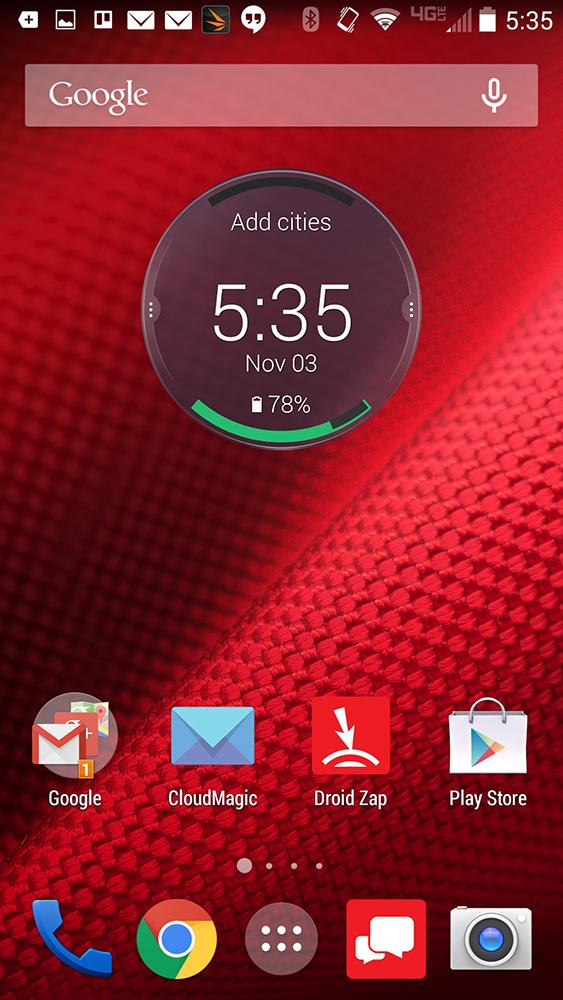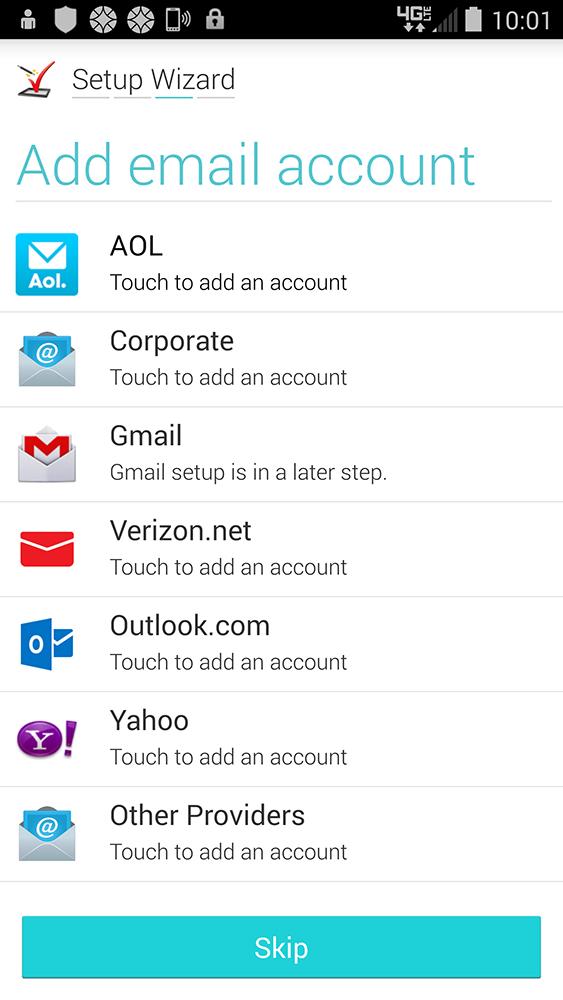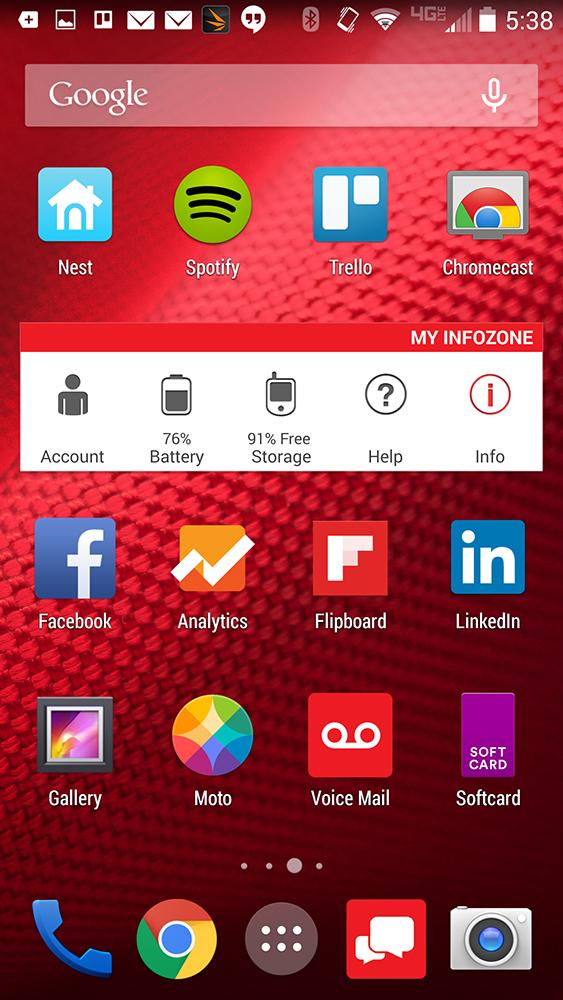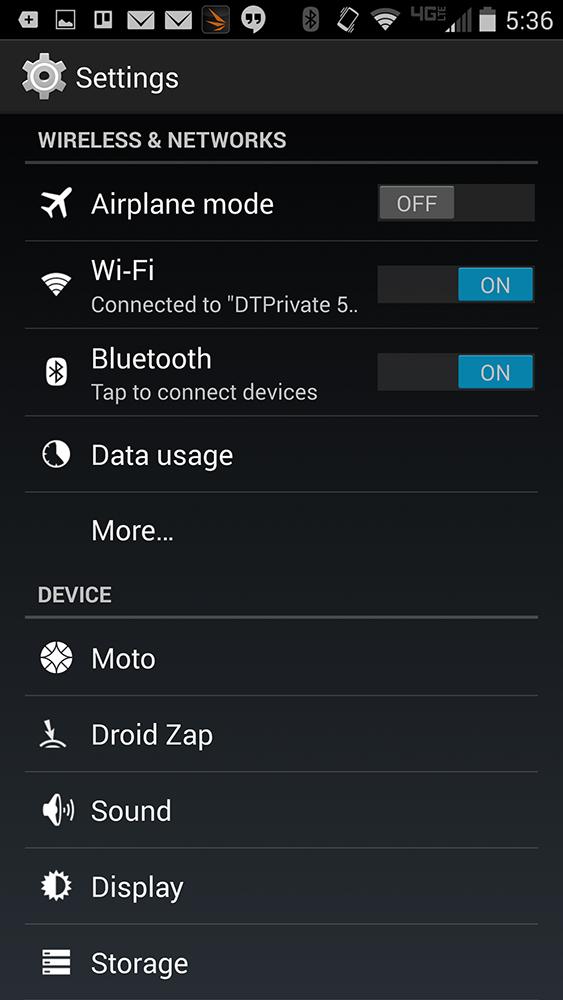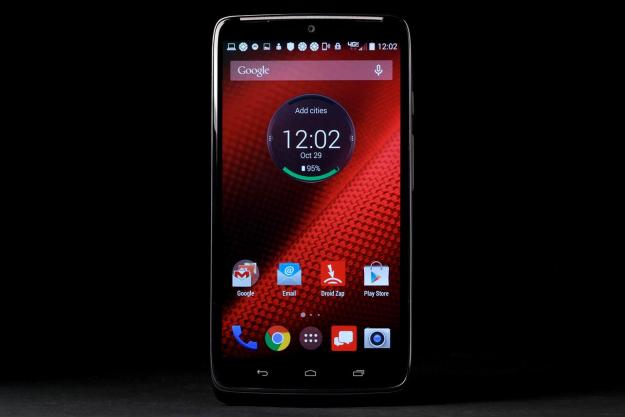
“With powerful features and battery life for days, the Motorola Droid Turbo seemed like one great phone. But with key updates missing months after release, we’re left disappointed.”
- Industry leading battery life
- Gorgeous AMOLED screen
- Will get Android Lollipop
- Comfortable design
- A tad heavy to hold
- Smart screen wakes up too frequently
- No MicroSD
The ancient Romans had a saying: After three days, a guest like a fish begins to smell. (They said it in Latin, of course.) The point being, time can take the luster off a good thing, whether it’s the fun of visiting family or what felt like smartphone of the year.
Updated on 3-16-2015 by Jeremy Kaplan: This review was updated to reflect a missing update to Android 5.0 Lollipop, a cracked screen in our long-term tester, VoLTE service, and additional details about battery life and camera quality. We’ve removed our Editors’ Choice badge for this product and lowered the score by half a star.

With powerful features and battery life for days, the Motorola Droid Turbo seemed like one helluva great phone.
Yet five months later, the promised upgrade to the Lollipop operating system is nowhere in sight, and with updates rolling out to flagship phones from HTC and Samsung, the Droid Turbo feels now more like a second-class citizen than the best and brightest Motorola can offer.
Sure, it’s still a great phone – one you’ll probably be happy with. And Android 5.0 is likely coming someday. But it should be so much more.
Why 5.2 is the new 5.5
I carried around the jumbo iPhone 6 Plus for a few weeks when Apple first released it, and while the screen is phenomenal, the sheer size of the darn thing got to me. Apple built in a feature that makes it easier to access the top of the screen with one hand, but it’s still hard to reach your thumb all the way to the opposite top corner. Cue the sad trombone.
The Droid offers the best of both worlds: a giant, beautiful screen and a phone you can carry without fear of #bendgate.
But here’s the thing: The Droid Turbo has a 5.2-inch screen, which is almost as large as the 5.5-inch screen in the iPhone. It’s the rest of the 6 Plus that’s so excessively giant. The iPhone is 6.22 inches tall and 3.06 inches wide; the Droid is 5.65 inches tall and 2.89 inches wide. It’s like comparing skinny jeans to dad jeans. Sure, they’re both jeans. But come on!
At 1,440 × 2,560 (565 pixels per inch), Droid Turbo’s Quad HD screen seems better than the IPhone’s 1,920 × 1,080 (401 pixels per inch). Bigger is better, right? Not quite. The iPhone’s screen is magnificent, and work Apple has done to boost the contrast and widen the color gamut make it simply stellar.
Still, the Droid Turbo’s screen is one of the best alternates. To this reviewer, the Droid offers the best of both worlds: a giant, beautiful screen and a phone you can carry without fear of #bendgate.
That said, the thin layers of glass in modern phones break. That’s a fact of modern life, and I cracked the screen on my long-term review unit three months in. Fortunately, Verizon offers a wonderful free replacement service … more on that later.
Look and Feel
The Droid Turbo is distinctive in a few ways. Rather than glass or brushed metal, Motorola wrapped it in ballistic nylon, with a woven texture that makes it grippy yet refuses to hold fingertips. I don’t know if it will take a bullet for you — the material is reinforced with a layer of Kevlar, but it ain’t body armor — but it feels great.
Even the buttons feel premium. Most companies offer rocker switches for volume and whatnot that seek to blend in with the bezel. The Droid’s is scored with fine lines, giving it a texture all its own — a very nice touch.
It’s also weird. The SIM card slot is behind the volume keys … somewhere. Somehow. Sure, ordinary humans don’t swap these things the way technology reporters do, but you might need to access it at some point. It took ages to figure out how.
Going and going
Two days of battery life? Yeah, right, you’re saying. I said that too. But…
The 48-hour life claim is optimistic, but this thing endures in a way I didn’t think possible.
I laid my hands on the Droid on a Tuesday morning, and after leaving it sitting around for a day or two, installed some apps and put Motorola’s finest through its paces. I finally charged the phone on Friday, and not even because it was crying for juice — I just wanted to test the turbo charger feature, which claims to give it 8 hours of battery life in 15 minutes. It does.
Sure, I hadn’t done much with this phone during those days; that was just standby mode. But give Motorola credit here: The standby time on the Droid Turbo is incredible. If you simply carried the phone around and didn’t do anything with it, it would easily last four days.
At least, at first it did.

Thing is, no one does just leaves their phone in standby mode all the time (why own a smartphone if you can’t play Temple Run?), and once you start using it, battery life takes a hit, especially if you enable the GPS for navigation. I took the Droid Turbo with me on a weekend in the country, and the battery ran down much faster as it struggled to hold a signal.
In addition, start installing apps that are constantly checking in and updating in the background and your battery will run down much quicker. A feature aims to put the Turbo in low-power mode overnight, but stuff still happens.
Bottom line, the 48-hour life claim is an aggressive claim, one that’s borderline ridiculous. After a few weeks of use, you’ll be fighting to get a full day. Still, in my experience, this thing endures in a way I didn’t think possible, especially if you’re comfortable dialing the GPS service way, way back. And the turbo charger is a nice feature.
The extra amp-hours shoehorned into this case make the Droid Turbo surprisingly heavy, of course – I even called it dense on first picking it up. Ultimately, it’s no heavier than the HTC One M8 or any other of its contemporaries. But because the body is a tad smaller, it feels heavier. Yet it feels solid and good in the hand, and never weighed me down as I worried it might.
The Droid Turbo and Android: Where’s my Lollipop?
Getting any Android phone set up these days involves downloading a dozen or more “updates” to apps – out of the box, everything is automatically outdated. Some are likely important, fixing bugs and adding functionality. Others are ridiculous: I can’t see why I needed that update to Google Korean Input, yet 10 million downloads sure makes it look popular.
It’s hard to fault Motorola for a clear Android shortcoming, of course. But to call that part of the set up annoying is like calling Grumpy Cat “displeased.” He’s not just dyspeptic, he’s full-on pissed off – and so is this consumer.
There’s one more problem with Android, and this one’s far more serious: The Droid Turbo runs
That seemed a good thing, at first. Numerous reports pointed to the severe bugs in 5.0, and Google promptly released 5.0.1, then 5.0.2, and now 5.1. Even Google’s own devices run different versions of the software: The Nexus 9 only runs 5.0.1, for example. But the flagship Droid Turbo is stuck on 4.4, months after Lollipop came out. Consumers who buy flagship phones expect them to be stable, but they also expect updates in a timely fashion. Whether the problem lies with Motorola or Verizon, which exclusively offers the Droid Turbo, it’s inexcusable.
@SmashDawg DROID Turbo will get Lollipop – We continue to work closely with Verizon on these upgrades. Thanks for checking in.
— Motorola Mobility (@Motorola) March 4, 2015
Verizon did update the phone in February to offer one new feature: Advanced Calling, which shunts voice calls over the LTE data network instead of the traditional voice network. Call quality will suffer with it if your network connectivity drops off, but even in areas where the Turbo barely had service, calls seemed quite clear to me.
Features galore
The Droid Turbo has a wealth of top-of-the-line features. It’s not just raising the bar; it’s a new standard for smartphones. There’s the 3,900mAh battery, of course. The iPhone 6 Plus is reportedly 2,915. The Galaxy S5 has a 2,800mAh battery.
Beyond the battery, there’s the camera, a 21-megapixel shooter with a dual LED flash that captures 4K video. A few twists of the wrist turn it on, making it easy to snap shots – a most welcome feature. Several reports have taken issue with the camera, noting in particular a lag between when you click to take a picture and what you capture. Yes, it’s a tad annoying, but something I’ve seen in many other smartphones. And burst mode means you can likely catch exactly the right moment with a tiny amount of forethought.
Beyond the Kevlar backing, which is awesome, there’s a water-repellant coating on the Droid Turbo that makes liquid bead up and slide right off it. I stuck this phone under the faucet, something I’d never try with an iPhone. It didn’t bat an eye.
It’s hard for a phone maker to differentiate one black slab from another through software, however, yet to not try is tantamount to asking for directions – you just don’t do it. So like Samsung before it, Motorola has thrown everything but the kitchen sink at the new Droid Turbo.
In fact, many of these features are exactly the same ones Samsung released in 2012, with the Galaxy S3. Back then the company unveiled S-Voice, which let you operate your phone by voice (yes, Siri was doing this even earlier, back in 2011). The Droid offers Moto Voice, a voice control system for directions, notes, posting to Facebook, and a variety of other commands. It’s also little more than a wrapper around Google Now, though a nice one. And the voice of the announcer on my car’s radio kept waking up Moto Voice – likely there’s some setting I could adjust, but come on now.
The “Smart Stay” feature in Samsung’s phone tracked your eyes, preventing the screen from timing out when you’re looking at it. Motorola’s Attentive Display does the same. The Galaxy S3 let you exchange files just by getting two Galaxy phones close together. Motorola has a Droid Zap feature to share stuff.
Then there’s Moto Actions, which enables some gesture controls over your phone. You can wave to dismiss an alarm or silence an incoming call, for example. Sound familiar? I’m not knocking Motorola. This phone’s features are deep and robust. They’re just not as interesting as the hardware.
Warranty
Reviewers. We’re just like you. Meaning we shatter the screens of our smartphones too. For anyone who’s ever broken a brand-new screen — and stared in wonder, thinking “isn’t this supposed to be Gorilla Glass?” — Verizon has an answer for you. The company offers a Screen Assurance program that promises a free one-time replacement for a broken screen, up to two years from the date of purchase.
Our Turbo suffered a 3-foot drop that cracked its screen, but we could not redeem a new screen because it was a long-term review unit, but you certainly should be able to get a new screen. (Accidents happen and this was definitely my fault, but the phone could have taken the fall better.) And all companies ought to take a page from this program; it’s a great way to show the confidence a company has in its products.
What’s the phone for you?
The modern smartphone consumer faces a bewildering array of wonderful choices these days, making it harder than ever to pick the right phone. The Droid Turbo is yet another exceptional offering, joining the pantheon of great products on the market today. The latest Galaxy phones, the newest iPhones, the hot HTC products, LG’s killers — any one will leave a
So look around before you buy, and try holding the Nexus 6 or iPhone 6 before you buy one. Then go hold Motorola’s latest.
The Droid Turbo is the perfect size phone, and so powerful it would give Superman pause. It’s just a shame Verizon and Motorola seem to have forgotten about it.
Highs
- Industry leading battery life
- Gorgeous AMOLED screen
- Will get Android Lollipop
- Comfortable design
Lows
- A tad heavy to hold
- Smart screen wakes up too frequently
- No MicroSD
Editors' Recommendations
- Motorola just announced three new phones, and I need them right now
- Motorola’s new Android phone looks amazing, but there’s a catch
- Motorola’s two new budget phones shouldn’t look this good
- Motorola phones are about to steal these iPhone features
- Best Motorola phone deals: Get a foldable phone for $500




